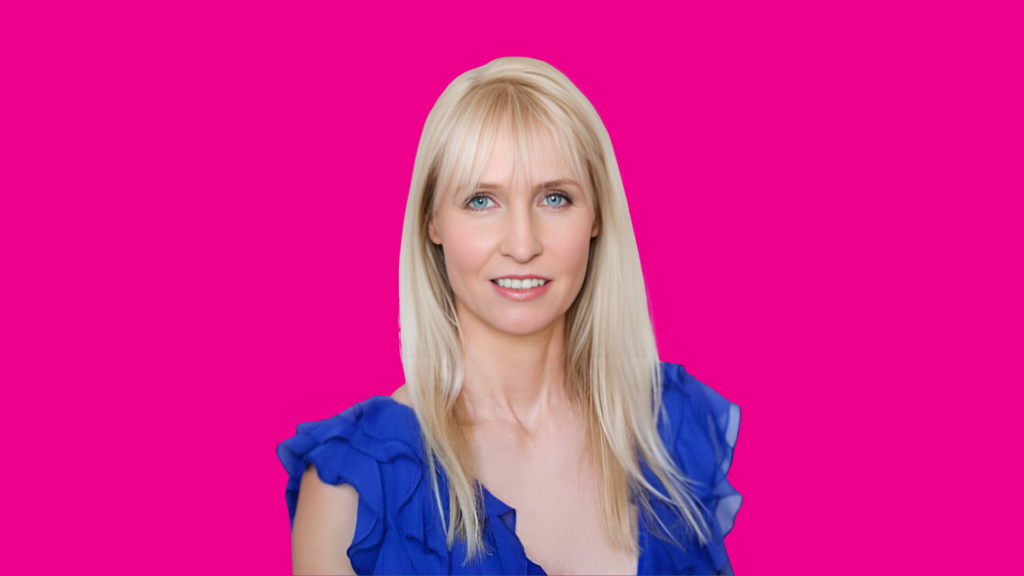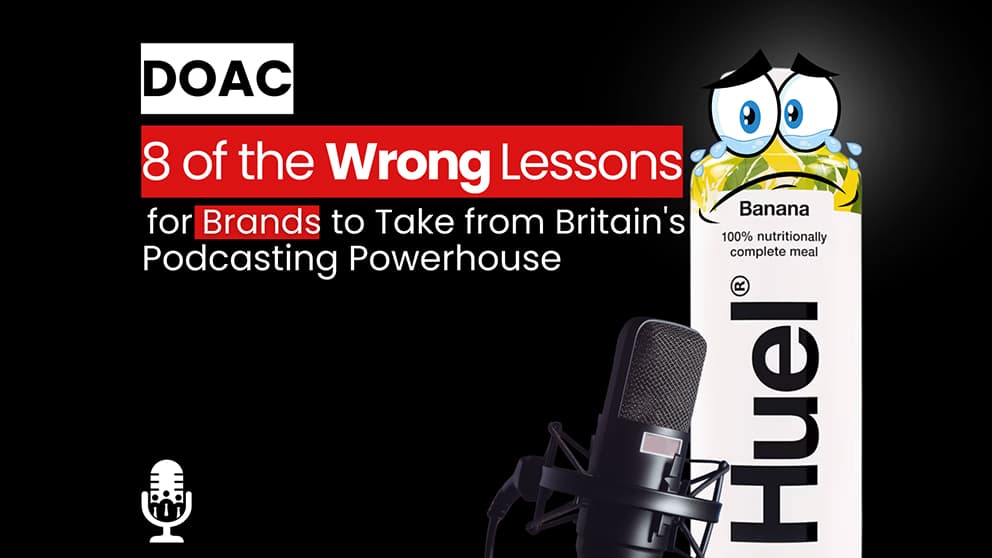Example Branded Podcast Episode Intro:
HOST: Hello and welcome to The Luggage Tag, the podcast where we talk about all things luggage and suitcases. I’m your host Toby, Head of Data here at The Suitcase Company. Today, we’ve got our Head of Product Development David on the show to talk about the latest designs at our company. David, welcome. Tell us about the new Model 3 travelling case.
GUEST: Thanks Toby, great to be here. Lots of exciting things on the way with the new Model 3!
How engaging was that branded podcast episode intro?
Did the podcast draw you in immediately?
Are you ready to spend the next 30 minutes of your life listening to this branded podcast episode?
Probably not.
Let’s have a look at the ways you can create an engaging branded podcast.
The Golden Rule: Don’t make it about the brand, make it about a story and give value. Not value to your bottom-line, value to your target audience.
In the above example (not a real podcast), listeners are instantly alerted their being sold to. And let’s be honest… how many people are going to be interested in listening to the latest developments in suitcase design?
Let’s imagine instead that The Suitcase Company (not a real company) wanted to create a podcast to increase brand awareness. Instead of making the theme of the podcast about the product, lean into the power of podcasts and make it a story that draws people in before they hear any mention of your brand.
Imagine The Suitcase Company was founded by one of the first people to emigrate to Australia. The podcast could tell the stories of first-generation immigrants around the world and what they brought with them when they moved, how they made the journey and why.
The podcast format is a brands chance at long form content. It’s an amazing medium that can be used in infinite ways.
Once you’ve got your idea, here’s how to structure the episodes themselves. These aren’t rules, but some guidelines to keep in mind:
1. Pick a human-centric theme (not a sales pitch) – It’s not about the product; it’s about the people.
2. Choose the best fitting format for the theme, such as one-on-one interviews, a narrative/documentary style, or fiction, just to name a few.
3. Hook the listener early
Instead of starting it with: Hello and welcome to The Luggage Tag, the podcast where we talk about all things luggage and suitcases.
Try: Imagine you must leave your house in the next five minutes, and journey for weeks in search of security and a place to start a new life. What do you take? This is the story of those who had to make that decision. This is how one family fled Europe in 1942 with one suitcase, and how it helped them to a new life.
4. Keep the brand presence subtle – Don’t plug the product, show its impact through stories.
Here’s one option The Podcast Guys might have pitched to The Suitcase Company (fake client):
Cold Open
In 1942, a family threw everything they could fit into the one suitcase they owned, and fled their village. Five weeks later they arrived in Australia, and built a new life.
Intro Theme & Host Welcome
You’re listening to The One Case, brought to you by The Suitcase Company, makers of luggage since 1921.
Main Story / Interview
- Interviews with historians, descendants of the family
- Archive letters, soundscapes, or diary readings
- Modern parallels (eg. asylum seekers, solo travel, startup journeys)
Reflection / Emotional Takeaway
What does this story say about what we carry – and why it matters?
Light Brand Sign-off (remember keep it subtle)
The Suitcase Company have been making luggage since 1921, when founder Jane Doe needed a sturdy case to carry precious cargo on rebuilding and humanitarian missions from Europe to Africa. Jane’s ethos has guided the company through the decades, and our cases are still built with durability and strength in mind.



